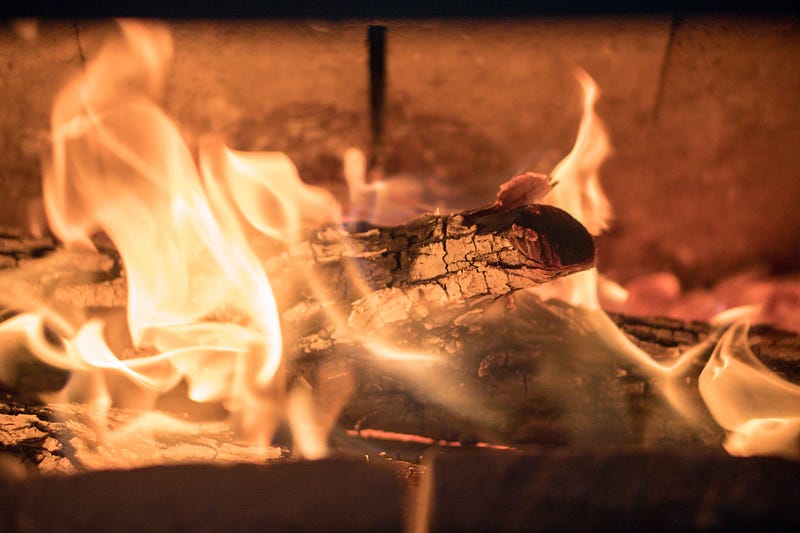Woodburning Stoves Linked to 68% Increased Risk of Lung Cancer
Written on
Understanding the Risks of Woodburning Stoves
Lung cancer remains the leading cause of cancer-related fatalities among women in the United States. Recent research has indicated that the use of woodburning stoves substantially elevates the likelihood of developing lung cancer.
According to The Guardian:
A study conducted in the U.S. demonstrated that more frequent use of indoor wood heating correlates with a heightened risk. Individuals who operated their woodburners for over 30 days each year experienced a 68% greater risk of lung cancer compared to those who did not utilize wood for heating. Notably, even infrequent use of a woodburning stove was linked to a 43% increase in lung cancer risk.
Professor Fay Johnston from the Menzies Institute for Medical Research in Tasmania explained to The Guardian, “The findings from the Sister Study provide compelling evidence regarding the dangers of residing in homes that utilize wood combustion for heating. Even minimal use appears to carry an increased risk of lung cancer.”
“The takeaway for both policymakers and the general public is straightforward: smoke from wood heaters is hazardous. Reducing exposure in residential areas should be a top priority.”
In 2006, the smoke produced from burning wood was classified as a probable carcinogen, and a more extensive study in 2010 further confirmed an increased lung cancer risk among those who employed woodburning stoves.
The recent research also noted that using wood for heating could slightly elevate a woman’s risk of breast cancer. While gas stoves were found to increase lung cancer risk minimally, the impact was significantly lower than that of woodburners.
Nonetheless, this serves as a vital reminder to utilize extractor fans when cooking or to ensure adequate ventilation by opening windows.
Source: The Guardian
Implications for Public Health

Chapter 2: Broader Environmental Concerns
No youtube to insert. Don't generate youtube directive.